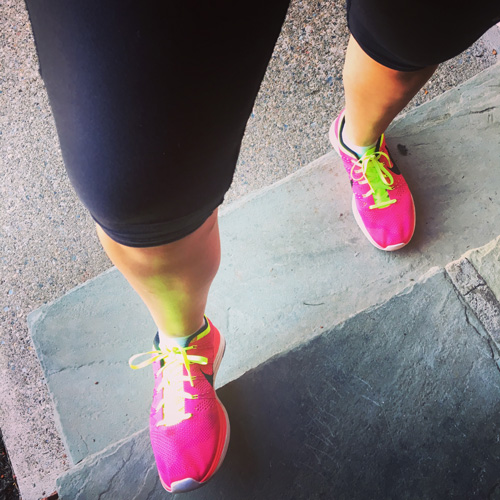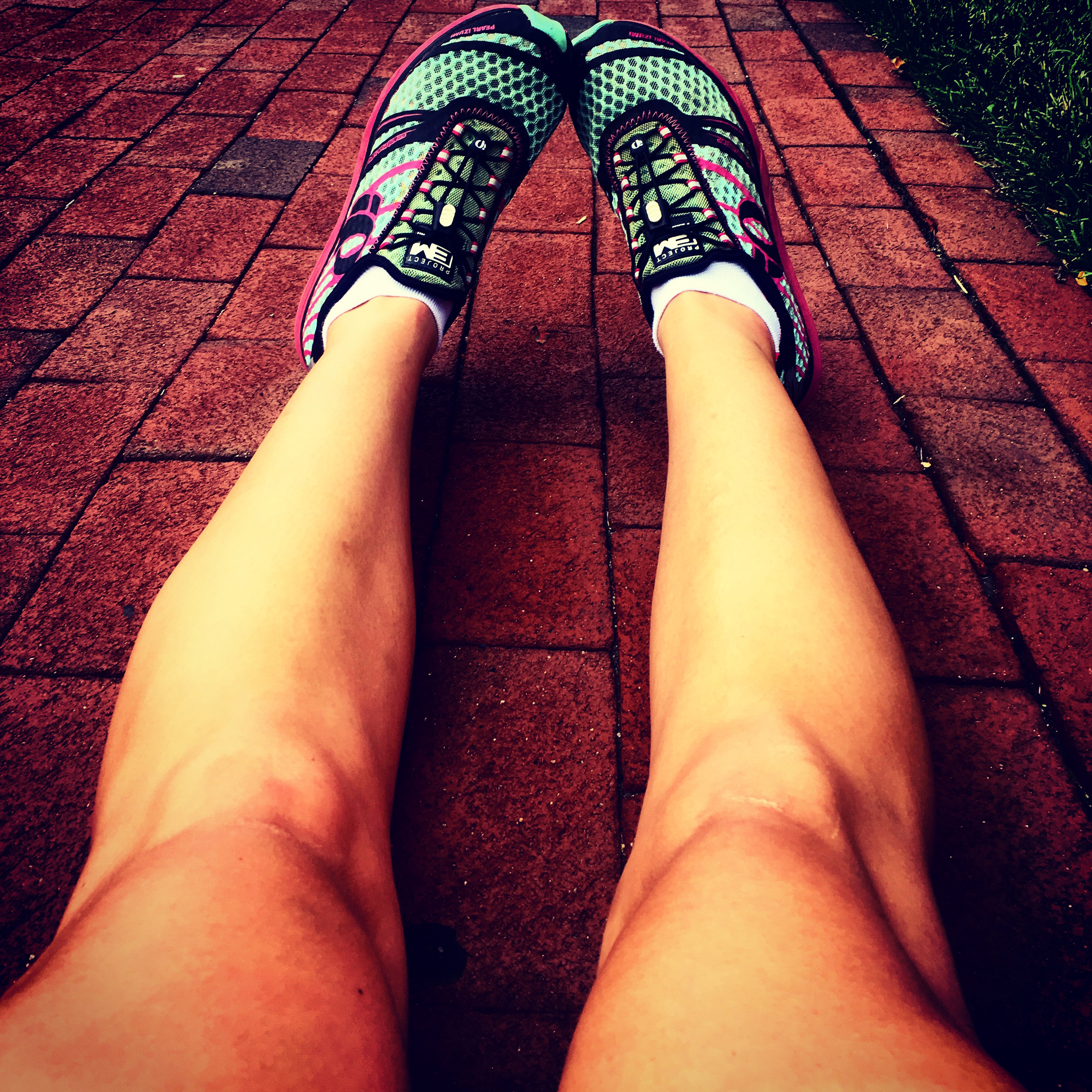Stretching, something many of us skip after a workout, however it’s probably just as important as the workout itself. As an indoor cycling instructor, I watch so many people rush out of class during those last few minutes when the stretching occurs. I understand that these people want to get on to the next part of their day a few minutes sooner, but they are missing out on something that could be helping to prevent future injuries.
Proper stretching improves muscle function, corrects imbalances and relieves stress on the joints. Stretching aids in recovery by helping to restore muscles to their correct length-tension relationships. What is the length-tension relationship? This means that the muscle is at its correct length at rest. If the muscle is shortened or lengthened more than normal when at rest it will not function properly to give the maximum amount of force possible when contracted (tension is created in the muscle). Stretching should help to ensure that the muscle is being restored to its correct resting length following a workout.

Quick one minute calf stretch on a step after a run.
If you only have limited time for stretching, be sure to at least stretch the primary muscles you used during the workout. For example, if you are cycling or taking spin class, spend time stretching the quadriceps, hamstrings, glutes and hips. Some people will do additional upper body stretches, however since the stress on your upper body is minimal, especially in stationary cycling, there is not as great of a need to stretch those muscles following the workout..
When executing static stretches here are some things to keep in mind:
- Hold each stretch for a minimum of thirty seconds to get the maximum benefit from the stretch.
- Use proper technique. If you don’t feel the stretch in the correct muscle your technique is probably incorrect. Don’t be afraid to ask a fitness instructor for tips on stretching or if you are at home, google stretching techniques for that specific muscle.
- If you have a muscle that feels extremely tight or knotted you may want to consider foam rolling it out as well. Foam rolling is a type of SMR (self-myofascial release) which is considered to be another type of stretching. As with static stretching, foam roll the tight spot or knot for at least thirty seconds for the maximum benefit.
Taking a few minutes to stretch after a workout can help speed recovery, prevent injury and is definitely worth those extra five minutes or so added into your workout routine. If you want to take it a step further, try adding some yoga to your weekly workout schedule, either in a group class or on your own. Either way, including stretching in your workout routine will only benefit you and make you a stronger healthier athlete.

Take a few minutes to stretch after every workout!